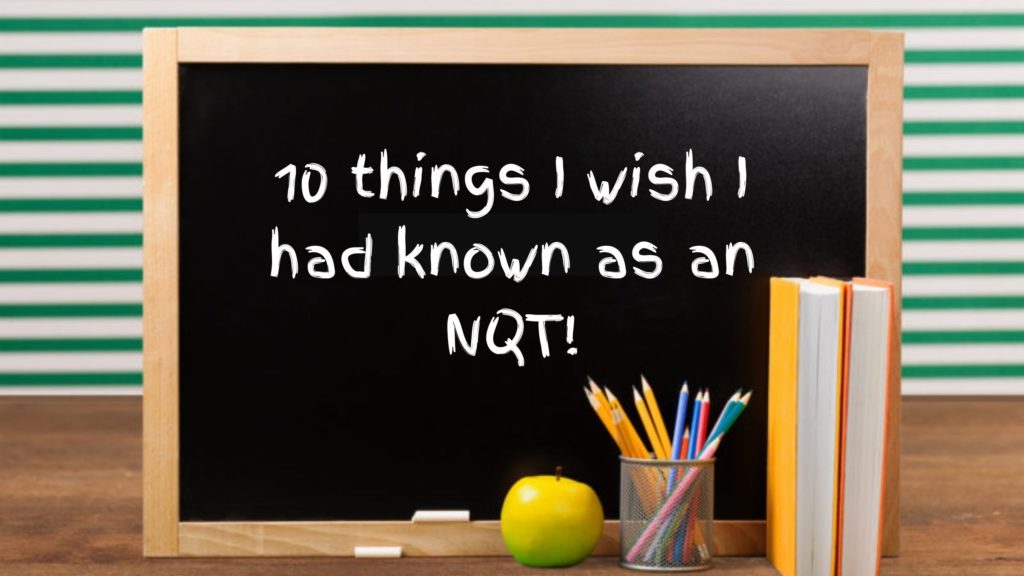Differentiated lessons and activities – Are they worth it?

I cannot stand differentiation. There I’ve said it! Like some sort of cathartic admission that after nearly 20 years of teaching and a series of desperate yet unsuccessful attempt to put my square peg into a round hole, I have come to this admission.
I don’t just dislike differentiating my lessons, I completely hate it. I have somehow got to stretch the most able whilst at the same time scaffolding my other activities to accommodate the less able in the class.
At the same time, I have to make sure that the middle ability are not left out, whilst ensuring each student has their learning needs met and all make progress. No wonder I hate it so much.
But how important is it?
Differentiation in its positive term is the practice of modifying all my resources to ensure I am meeting the learning needs of each individual student.
This can involve a variety of grouping strategies, differentiated worksheets, a variation of delivery and scaffolding projects to allow all to reach the learning objectives of the lesson.
When done well, the brilliant student will leave the lesson inspired and excited about the subject and want to independently research more.
Using the more able student as a mentor can work well here as using them almost as a teaching assistant can reinforce their own learning whilst supporting those that need an alternative input.
Yet as we all know in education, there is not a one size fits all strategy that can work for teachers as well as pupils.
Technology can work wonderfully in bridging the gap as there are a lot of online resources which if signposted well, can inspire all levels of student.

I have personally used online discussion tools which not only present questions in different ways but can also lead to interactivity between teacher and student away from the confines of the classroom.
Additionally, it also allows for peer support and mentoring. GoogleDocs is a very strong platform for collaboration. Setting up a live Google Sheet has proved hugely successful in one particular A-level Politics homework which asked the students to produce demographic statistics for a particular US state.
By collating this information, students were able to highlight broader trends and discuss online the impact on US presidential elections.
“The flexibility provided by #TeachDigital allows differentiated instruction to move beyond the 60-minute lesson.”
Teachers can design activities, projects, research tasks, and creative assignments that extend beyond the physical classroom and allow for varied levels of ability.
I still cannot stand the concept of differentiation: the practice of varying curriculum to meet the needs of a diverse population of students is frightening to me.
As the number of students rise and an increasing number of subjects are cut, technology has the potential to lighten the load for teachers and therefore I would encourage you to embrace it.







Responses